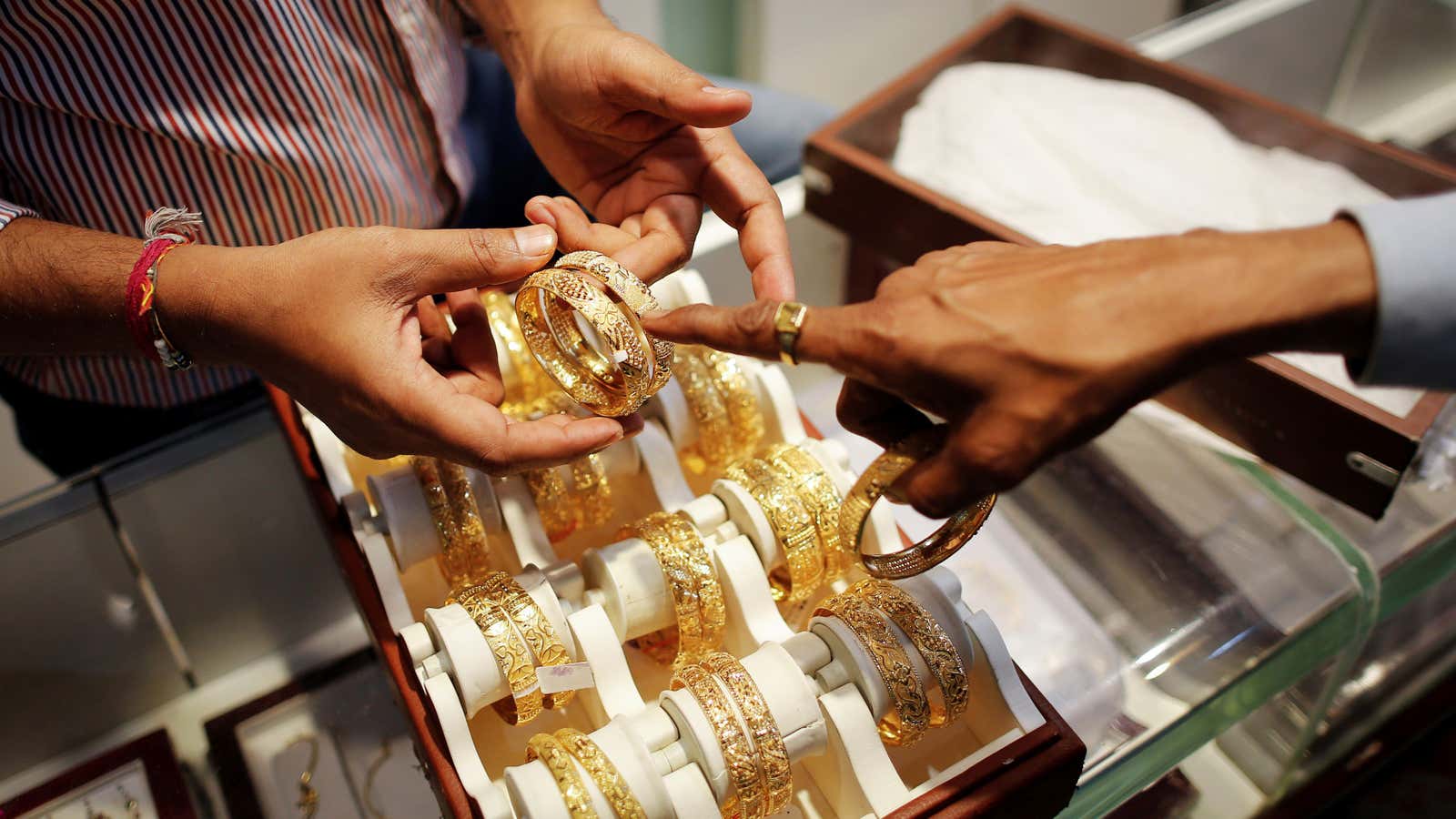Waning confidence in the Indian economy is compelling the country’s ultra-rich to park their wealth in less-risky assets.
More than a third of Indian high-networth individuals (HNIs) and ultra-high-networth individuals (UHNIs) are pessimistic about the current state of Indian economy and its prospects over the next three years, according to a survey by Shanghai-based publishing group, Hurun.
In fact, only 24% of the respondents in the survey were “very confident” about the Indian economy. For the survey, Hurun included respondents from its multiple categories of rich lists. The average age of the respondents was 35 years, with men accounting for 58%.
The pessimistic HNIs are also becoming conservative in their investment options, the survey showed.
Playing safe
Over 36.27% of the HNIs said they are “avoiding risk” in their future investment decisions.
Thus, they are more likely to park their money in less volatile assets such as real estate, gold, fixed income plans and, deposits.
Over 30% believe their allocation towards real estate will grow in the next three years.
Surprisingly, despite virtual currency being touted by many as the next big and safe investment option, a good number of Indian HNIs (nearly 50%) are unaware of it. Nearly 50% said they had no idea about investments in virtual currencies.
In addition, India’s rich are also looking beyond the country, the survey showed.
Eyeing oversees
For Indian HNIs, the UK tops the chart as the most preferred overseas investment destination despite the socio-political turmoil in that region. Singapore and Canada are the other favourites.
Within India, in fact, the Indian HNIs seem hopeful only about two Indian cities: Mumbai and Delhi. Only these two appeared in a list of places that, according to them, could become the top six globally over the next 10 years.
